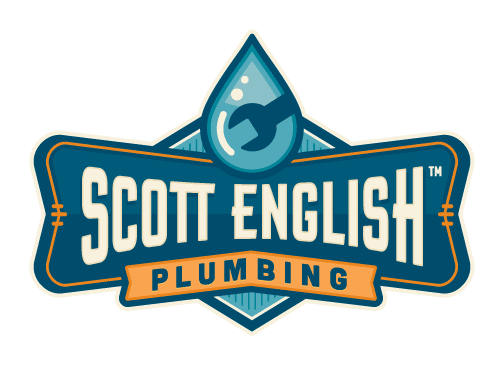Taking Care of Home Plumbing Leaks
Detecting water leaks in your home may be one of the most challenging things that you would have to face, right? Well, this is primarily because not all leaks can be easily detected. In fact, some leaks require training and the use of specialized equipment to be uncovered. So how can you stop wasting water and save yourself from high water bills?
Types of Detection
The periodic checking of water leaks can be done using two main types of water leak detection processes. These can be applied periodically in various areas and components of the home plumbing system.
Passive Leak Detection is a type of system that relies on stand-alone and battery-operated devices that create a notification sound once moisture sensors are wet. This gives homeowners a way of locating the water leak and initiate repairs. This type of system is largely dependable and reliable as long as the battery remains in good condition.
The other process is known as Active Leak Detection. In this system an alarm will also be sounded once water is detected. The difference is that in this process, the water flow will be stopped automatically. It can rely on moisture or flow sensors in monitoring of water leaks. This type of system can be applied on individual plumbing appliances or to the entire home plumbing system. Consult with a licensed plumbing professional like Scott English Plumbing to know what suits your home better.
Alternative to Detection Systems
The uniqueness of every home should always be taken into consideration when dealing with water leaks. It is important to recognize that not all homeowners will be willing to install water leak detection systems. The good news is that there is always an alternative.
What do you do? The best way is to consciously do periodical water leak checking. It is not enough to rely on water dripping sounds, you have to actively go around your home to check for things that are out of place, like pool of water where it does not belong. How do you do it? The simplest way is to check the most obvious areas like:
- Showerheads, faucets, and water heating systems;
- The kitchen area;
- Laundry rooms;
- Evaporator cooler in the garage or basement;
- Irrigation systems in the garden or lawn;
- Patio;
- Pool and spa; and
- The most obvious would be the water meter.
You may think that this is an easy thing to do. However, the key is consistency in checking because slow and small leaks will not be easily detected in one passing. So an additional consideration when checking for possible water leaks would be to be aware of the following conditions:
- Water in the toilet that is leaking from the tank to the bowl even when it is not being flushed;
- Toilet is flushing without no one there (ghost flushing);
- Discoloration on the walls, ceiling, and carpet, which can be an indication of water leaks behind the walls and floors of your home; and
- Spotting leaks on concealed piping used by sprinkler system.
You can always consider using the food color water leak test for toilet tanks. When you put food color in the toilet tank and find it making its way into the bowl after a couple of minutes, then there is a leak.
Another practical detection method is to look at your water bills. Unexplainable increase in your water consumption is a definite indication of a hidden water leak.
Keep in mind that water leaks do not get solved on its own, but only worsens over time. This is why it becomes so important to be able to detect and repair leaks at the soonest time possible. This helps prevent costly damages to your home.
An immediate reaction to uncovering water leaks should be to call on licensed professional plumbers. Call Scott English Plumbing immediately.
